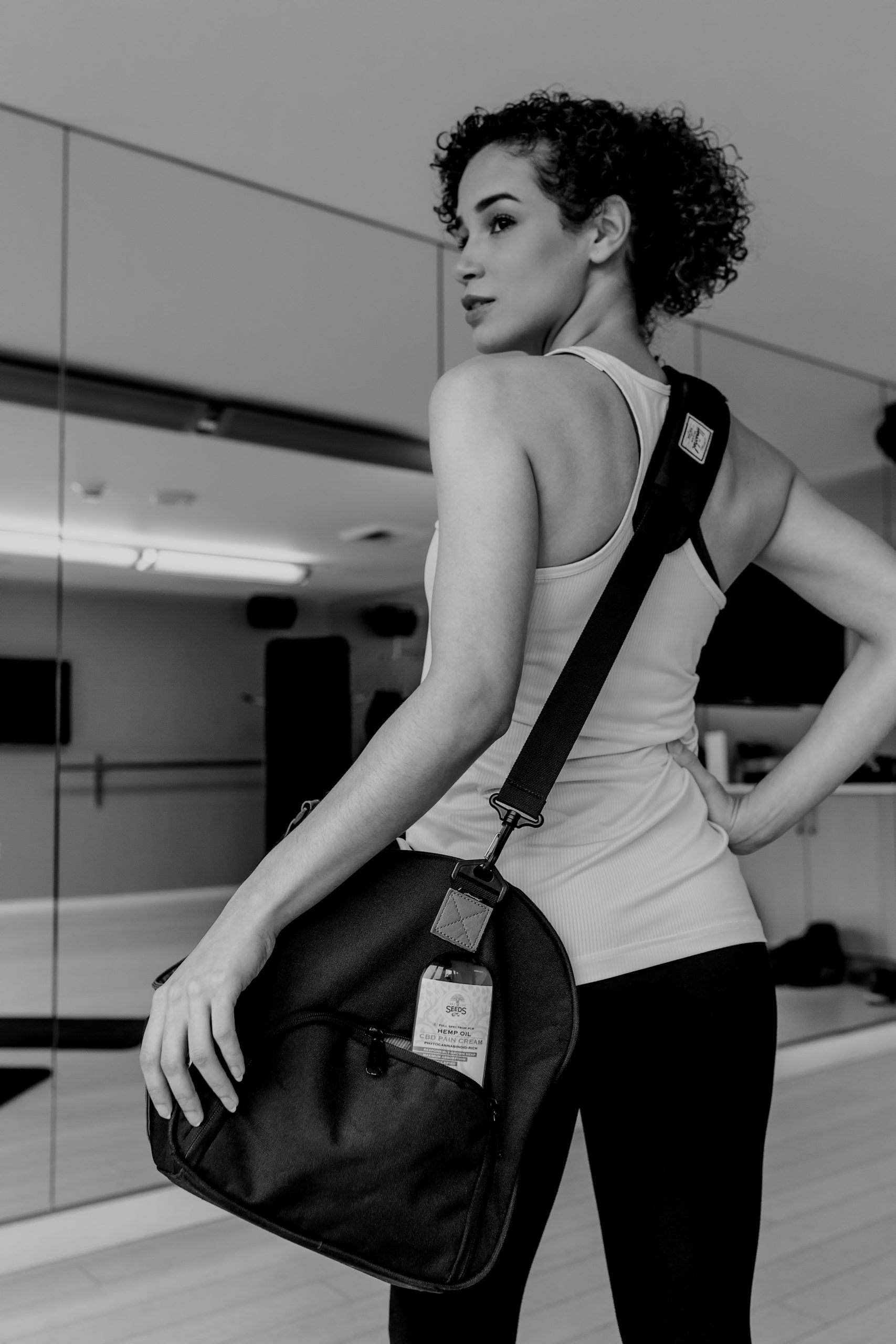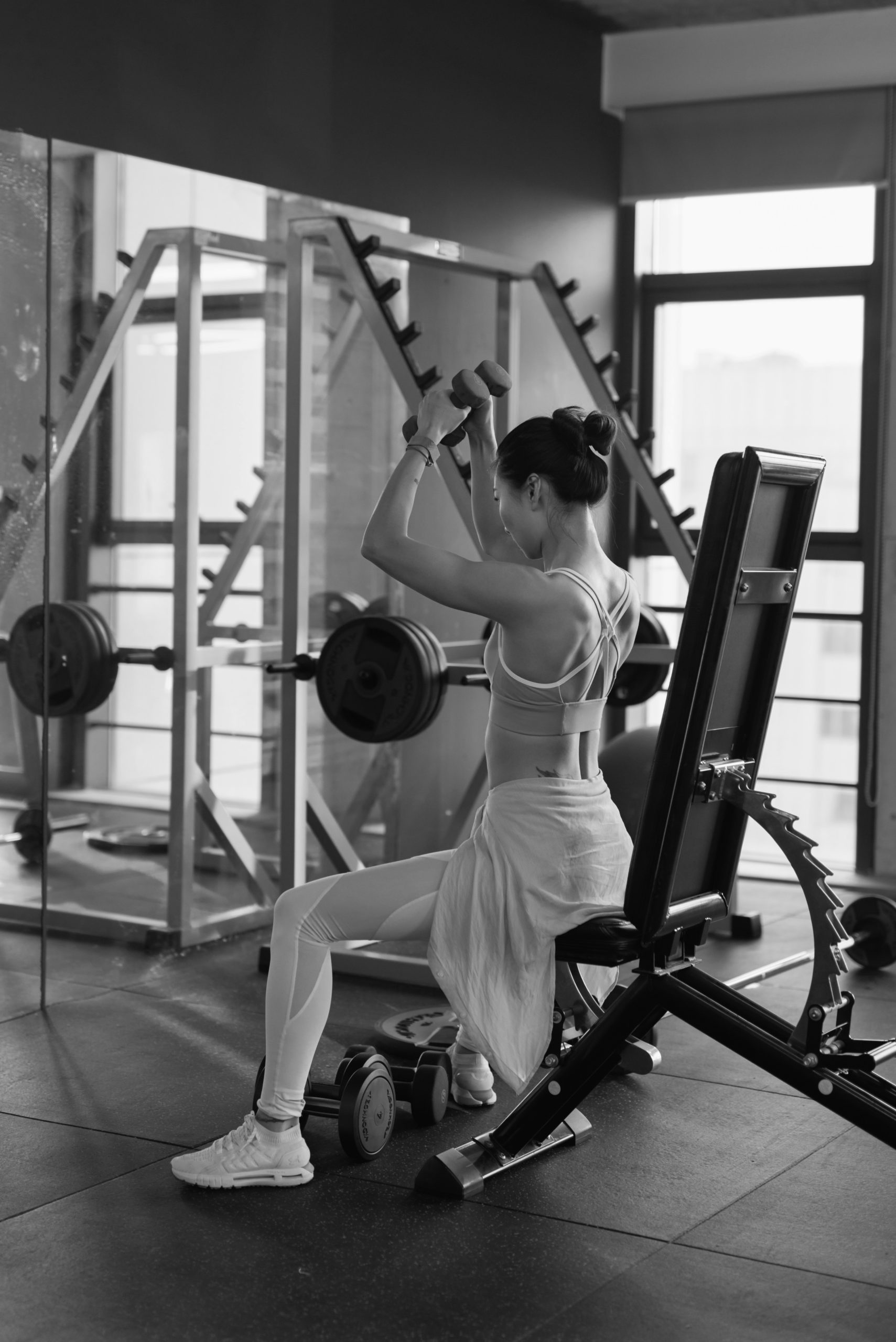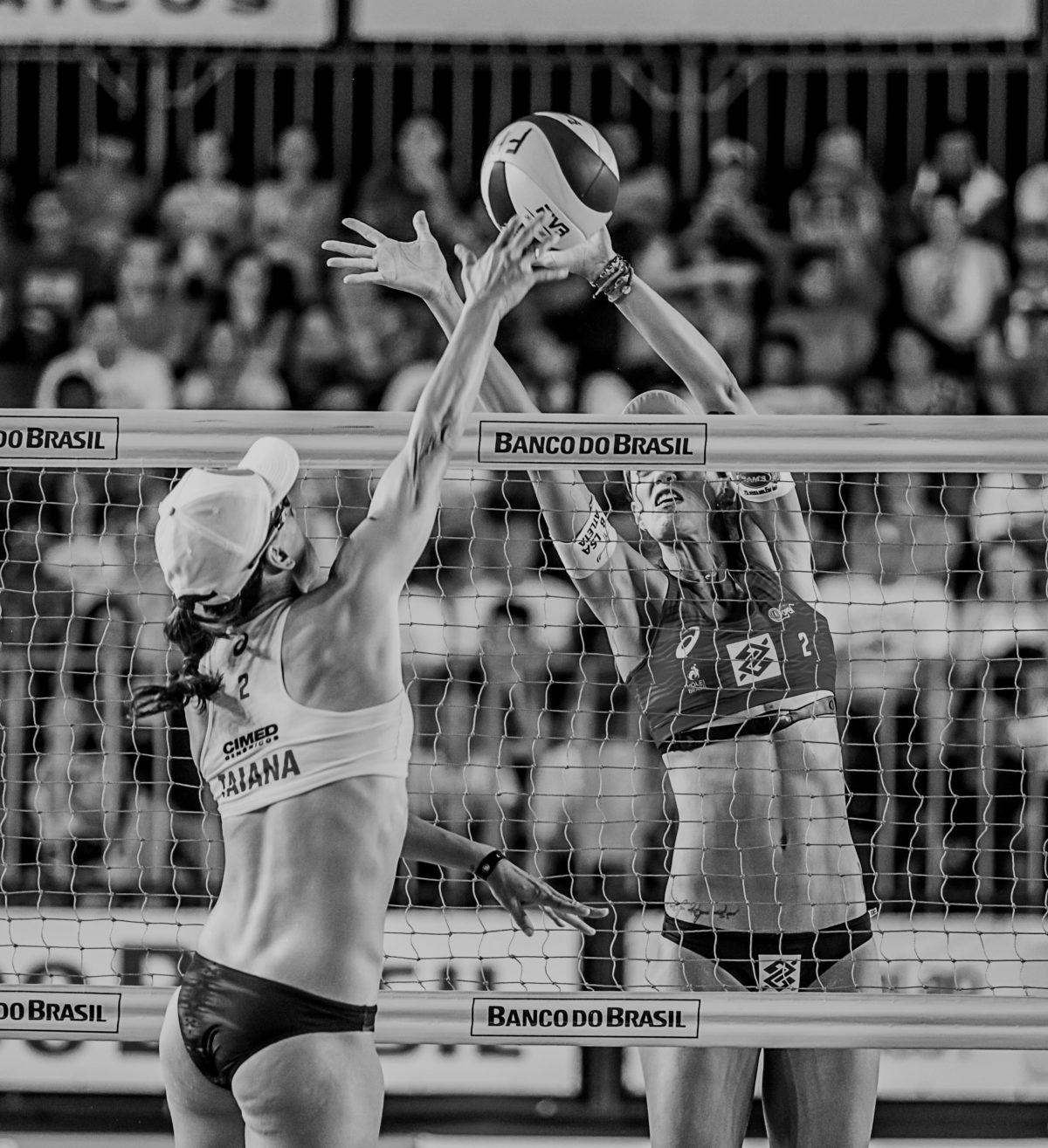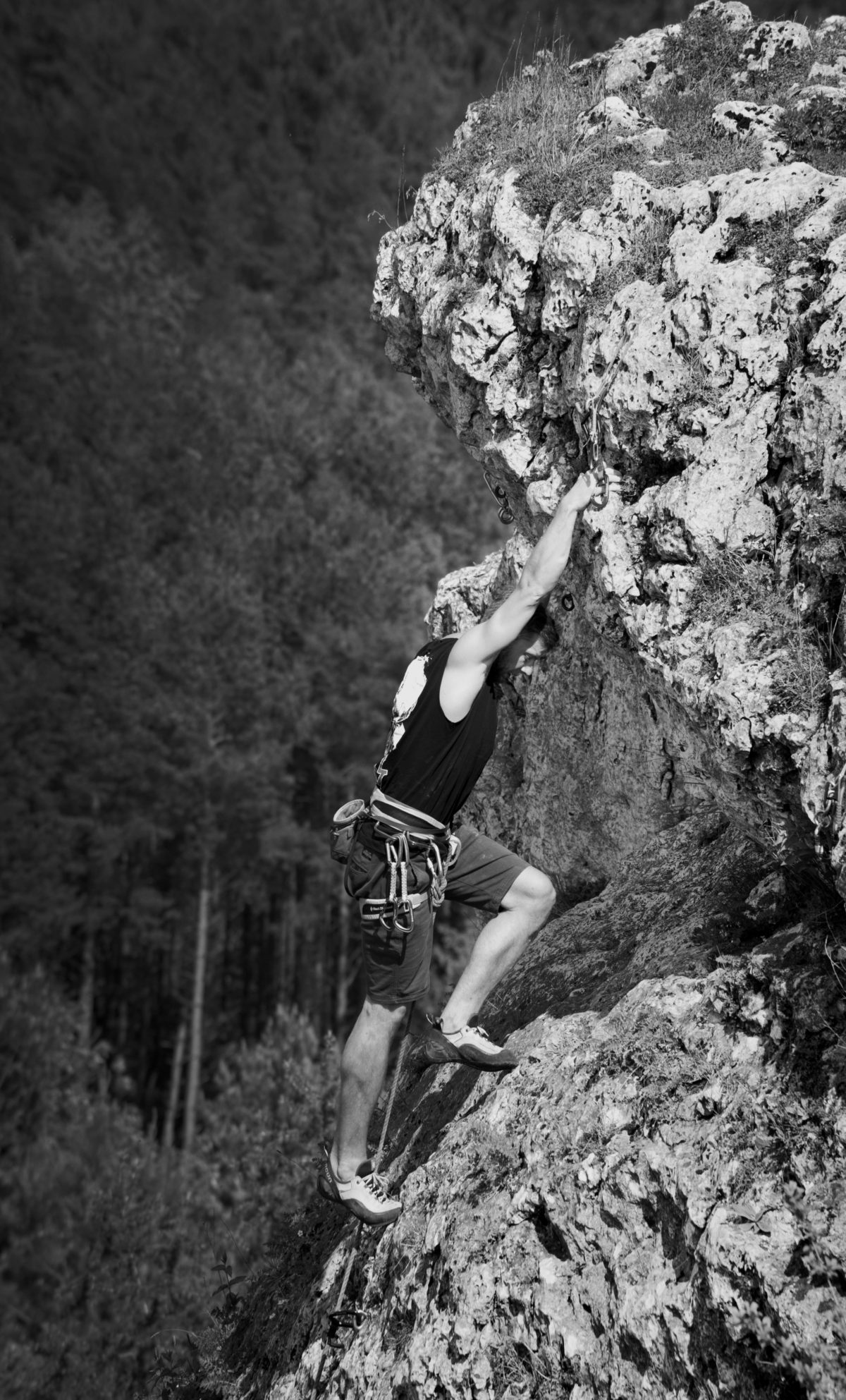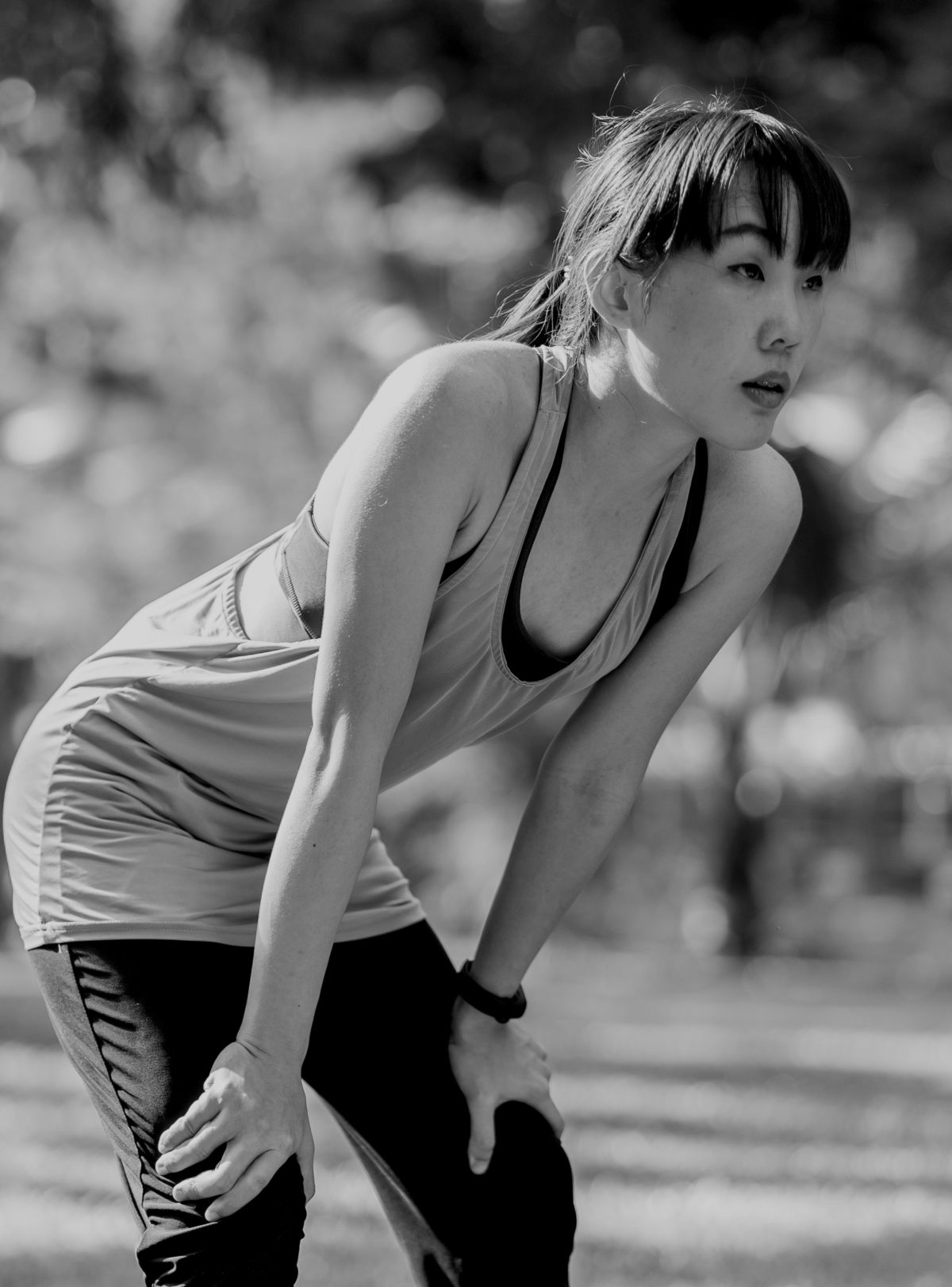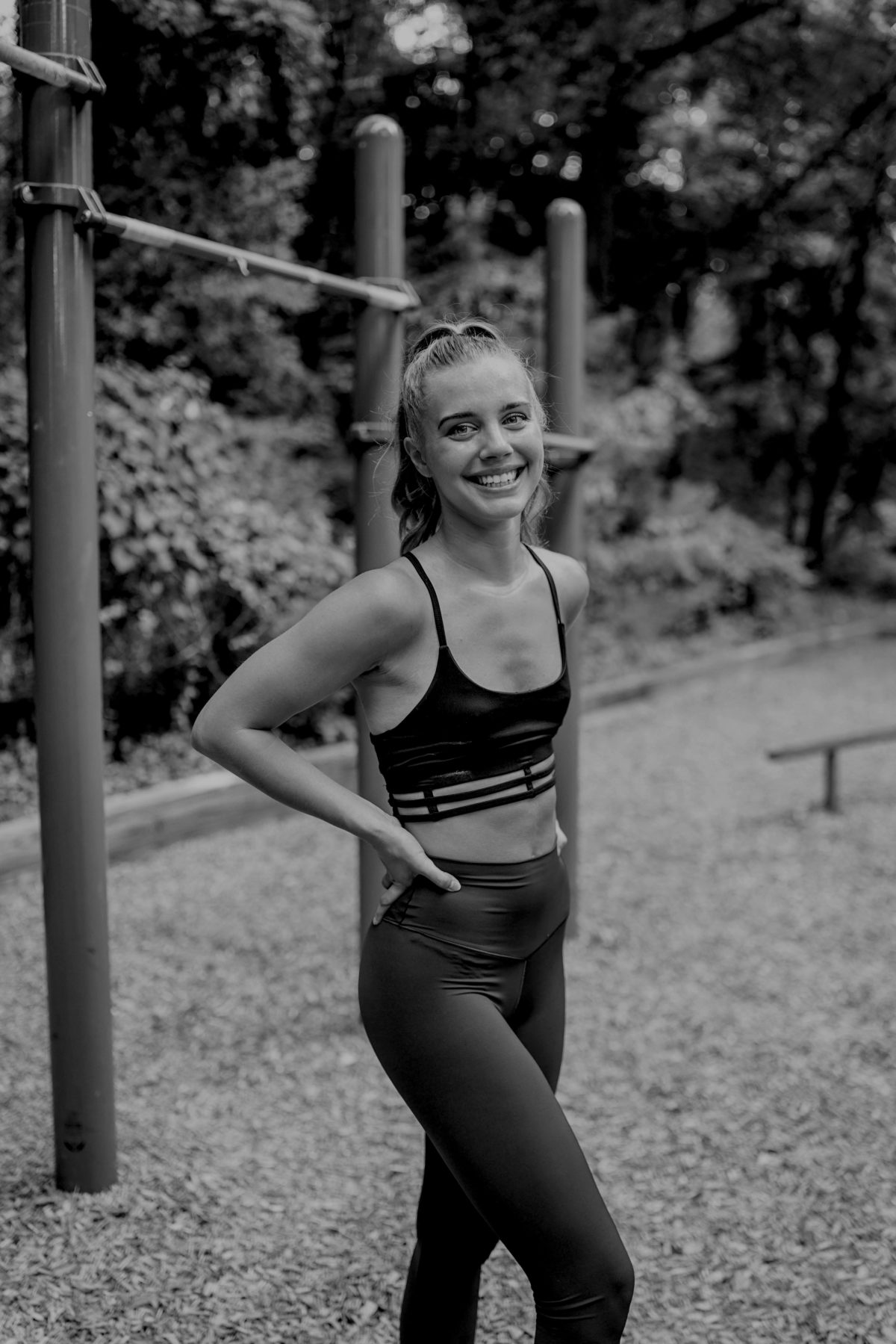For one reason or another, you took time off working out. You might be looking to get back in the gym after lockdown, getting busy with work, recovering from an injury, or any other reason.
First of all, congratulations! It’s great that you’re ready to get your fitness back on track. However, don’t be overzealous. It can be tempting to go really hard to make up for lost time, but this can lead to burnout and injury.
In this post, we have some key pointers for getting your mind and body back into the workout grind safely and sustainably. If you use these tips, you’ll be able to start working out again in a way that’s positive for your long-term plan.
When you get back in the gym, expect a change in ability
No matter if you used to be a weightlifter, a CrossFitter, a cardio lover or whatever else, you should remember that your physical ability will have suffered. Don’t feel bad about this – it’s normal!
But, it is important to keep in mind when making a new plan. If you jump straight back into the same workouts you used to do, you may overexert yourself and get injured. Or, you might not be able to perform like you used to and get frustrated. Make sure to start working out again in a sustainable way, so you don’t burn out.
Be patient and take it slow
Take some time to think about your old workout plan, and how you can scale it back. It’s important to set yourself up for success. This means thinking about keeping it sustainable.
Think about your previous high intensity workouts. A good rule of thumb is to start working out again at 20 percent of the intensity of your hardest workouts.
If you had to take time off from exercise because of an injury or illness, check in with your doctor before getting started.
Plan your workout with exercises you enjoy
You’ll be far more motivated to get back in the gym if you’ve got a killer workout plan. When you’re getting back into the swing of things, try to keep it simple. Get back to the basics, and focus on your functional movements. There are many great resources online to inspire you.
Create a workout plan with two to four heavy compound lifts at the start. From there, you can be flexible. Work in some isolation lifts, cardio, bodyweight exercises, or anything you want.
Many people like to ease themselves back into exercising with group fitness classes, such as CrossFit. You could also opt for a game of soccer, tennis, basketball or any sport of your choosing with friends.
Expect to be sore when you get back in the gym
Every fitness junkie has had a bad case of DOMS at some point. DOMS stands for delayed onset muscle soreness. When you do any kind of resistance training, it causes tiny tears in your muscle fibers. This is why you feel sore after a workout, particularly after your first session in a while.
After you get back in the gym, you should expect some muscle soreness. However, you can minimize it by warming up, drinking enough water and applying ice to the affected muscles after the workout.
Don’t let your sore muscles put you off too much. And luckily, the more often you go, the less noticeable your DOMS will be.
Set (healthy) goals
Getting back in the gym can seem a bit daunting. Setting yourself some goals can help you measure your progress and boost your motivation as you smash through them.
When you set goals for yourself, remember the SMART acronym. A goal should be specific, measurable, attainable, realistic and time-based. When you reach a goal, reward yourself with some new workout gear, or anything else you like!
At the end of the day, getting back in the gym should be fun. If you take it slow and manage your expectations, this will help you ease back into the lifestyle. Before you know it, you’ll be back where you left things – or better than ever!
